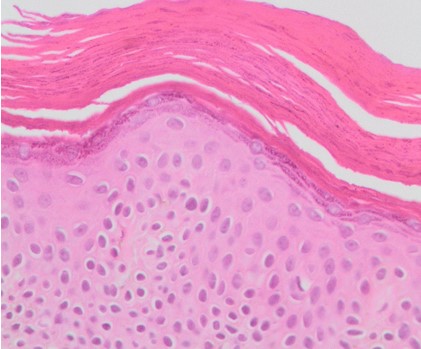Resumo
Resumen
Objetivo: Analizar las intervenciones realizadas en una cohorte de pacientes fallecidos en un hospital universitario de alta complejidad y definir la proporcionalidad terapéutica de las mismas, a partir del estudio de la prevalencia de “tratamientos no benéficos”. Metodología Estudio observacional descriptivo retrospectivo, basado en la revisión de historias clínicas de los pacientes fallecidos en el periodo de dos años en un hospital universitario de alta complejidad Resultados: Se analizaron 931 historias de pacientes fallecidos y en la categorización de acuerdo con el criterio de “proporcionalidad terapéutica” se encontró que en el 54,7% de los pacientes se realizaron intervenciones diagnosticas o terapéuticas clasificadas como “desproporcionadas” de acuerdo con la definición aplicada. Conclusión: En la práctica las intervenciones no proporcionales o no benéficas al final de la vida son prevalentes, lo que constituye un problema mayor y persistente, a pesar de sus repercusiones negativas sobre los pacientes, las familias, los profesionales de la salud y el sistema de salud.
Palabras claves
Bioética - Ética médica - Inutilidad Médica (Futilidad) - Humanización de la atención

Este trabalho está licenciado sob uma licença Creative Commons Attribution 4.0 International License.
Copyright (c) 2021 Fritz Eduardo Gempeler, Lilian Torregrosa Almonacid, Daniela Maria Cuadrado, Sofía Barriga Rodríguez, Jerónimo Sotomayor Londoño, María Paula Jassir Acosta, Juan David Filizzola Bermúdez, Daniel Uribe Rueda



